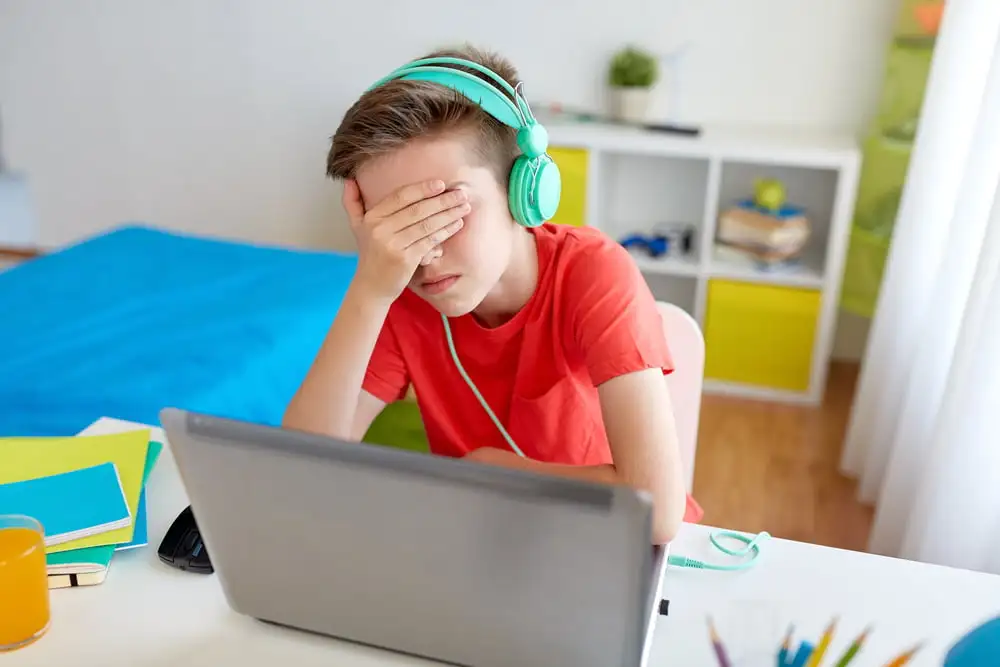There is an increase in protests about various matters. Considering how we are getting timely news updates about civil unrest worldwide, platforms for online conversations, social media, and apps like Meet, Zoom has become a place for heated debates. We witness discomfort while talking through challenging issues, but there is only one communication method that has a bad influence: hate speech.
Many grown-ups can recognize it as soon as they see it. Children, on the other hand, find it quite challenging to understand and identify hate speech. It becomes challenging for parents to guide their kids. It is mainly because a considerable amount of their time is spent in a digital world, on their phones, or other devices.
For instance, some memes contain hate speech, but they look like jokes. A child may take it lightly, but they fail to understand that the meme may lead to an act of violence. As their parents, and as adults, we must help the children become conscious and sentimental citizens of society.
What steps should your child take to see such things taking place?
- Report: Hate speech violates the terms of service of almost all websites and social media platforms. Thus, if your child sees anything of that sort happening, they must report it immediately.
- Block: If someone is misbehaving with your children, they must block them. If they do, the bully won't be able to test them anymore, and they must also report it.

What is hate speech, and how does it lead to acts of violence?
Although there isn't a particular definition, it is an expression that shows aggression towards people of a specific group. It can involve race, religion, color, gender, ethnicity, sexual orientation, disability, and numerous other things. People spread such things using various methods.
For instance, it can be a comment on a Facebook post or a graffiti on a wall, or verbal abuse in public. All in all, any symbol, phrase, or word can be hate speech, considering that its purpose is to spread hate against an identity.
If hate speech is not checked, it may lead to acts of violence. Children know when they are bullying someone online. Furthermore, they know the difference between hurting someone's feelings accidentally and harming them on purpose. But, they need to understand that hate speech and cyberbullying isn't the end of the line.
According to a study in 2019, an increase in hate speech online leads to a rise in crimes against minority groups. Moreover, significant events trigger hate acts. Online hate and victimization is part of a broader process of harming. It starts with social media, and it has what it takes to come into reality.
How to talk to your children about it?
Whether they have been a victim of hate speech, or they have bullied someone, or they aren't even aware of hate speech, it is essential to give them the chance to talk about what they feel. It will be ideal to start by asking them about it.
You can ask if there was ever a time when they were hurt because someone said something. Or if someone pointed out that the children said something hurtful to someone. If they are not aware of hate speech, you must tell them what it is and why they should be kind to everyone.
It will help you make the conversation into a discussion about what it is and how it impacts a person. Children may know that the holocaust was tragic. But they may not know that telling a racist or anti-Semitic joke spreads similar thoughts. If you make them understand that the lives we are living as of now will be history one day will help.
It will help them connect the protests that are happening today and the conditions that made people organize these things long ago. Today's generation can make different choices than the ones they are learning about at school. Different than the ones who took part in racism, genocide, and other violent acts.
If you have a young child, you must let them know that even a small homophobic term can have a negative impact on someone. Embedding such things since childhood will be a great option. Similarly, if you have an older teen, you must go for an in-depth conversation. You must tell how participating in such things leads to acts of violence.
However, one way to check your children's online activity is by using Avosmart.
What are its functions?
It is the best when it comes to parental control and lets you do many things, out of which a few of the main are:
- Control: You can filter sites and set time limits on games and apps that come in between your children's work.
- Manage: With Avosmart, you can manage settings and get reports of your children's activities.
Many extra features come in handy. Like, there is a safe search mode for Google and YouTube. Avosmart checks a site's content and blocks it if it is not appropriate for kids.
You can easily filter sites that have violent content. You also need not worry because you can now be sure that your kids are only visiting safe sites. Furthermore, Avosmart will notify you when your child tries visiting a blocked website.

